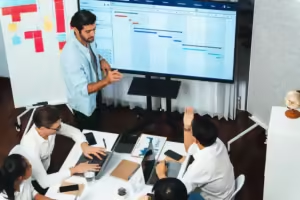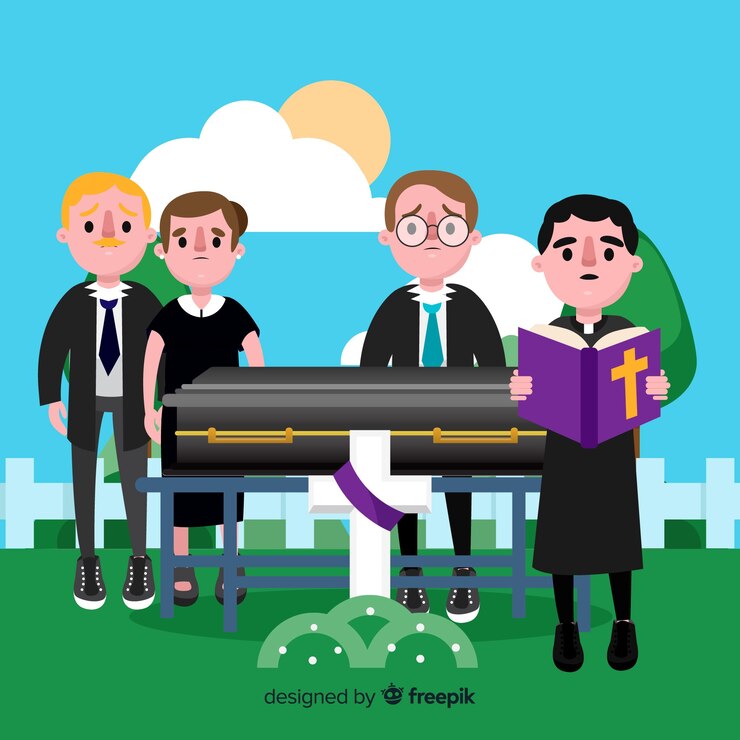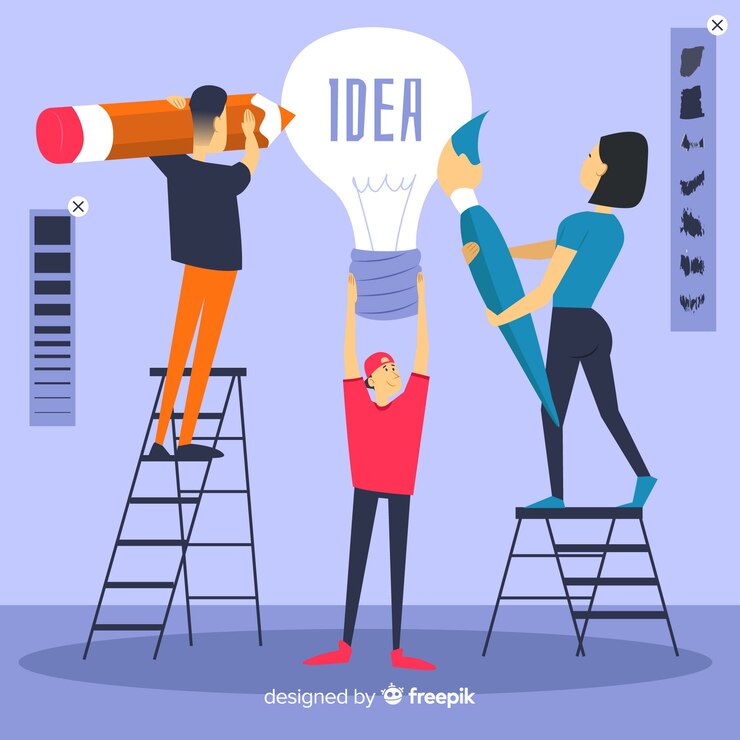The importance of developing career guidance and development programs to enhance employee growth in small and medium-sized companies.
Introduction
Employee development programs play a pivotal role in nurturing the growth of individuals within small and medium-sized enterprises (SMEs). These programs are essential for fostering a culture of continuous learning and skill enhancement, ultimately driving the overall success of the organization.
Understanding Employee Development Programs
Employee development programs encompass a range of initiatives designed to enhance the skills, knowledge, and capabilities of employees. These may include training sessions, workshops, mentorship programs, and educational opportunities. By investing in such programs, SMEs demonstrate their commitment to the professional growth and development of their workforce.
Benefits of Employee Development Programs
Employee development programs offer numerous advantages for both employees and employers alike. They contribute to enhanced employee engagement, as individuals feel valued and supported in their personal and professional growth journeys. Furthermore, these programs lead to increased employee satisfaction, as employees are more likely to feel fulfilled and motivated in their roles. Additionally, employee development programs aid in improving employee retention rates, as individuals are more inclined to stay with organizations that invest in their long-term success.
Challenges in Implementing Employee Development Programs
While the benefits of employee development programs are clear, SMEs may encounter various challenges when implementing them. Financial constraints can pose a significant barrier, especially for smaller businesses with limited resources. Time constraints may also arise, as employees and employers alike must balance the demands of daily operations with the need for ongoing learning and development. Moreover, resistance to change from employees who are comfortable with existing processes can impede progress.
Strategies for Successful Implementation
To overcome these challenges, SMEs can adopt several strategies to ensure the successful implementation of employee development programs. It is crucial to align these programs with the overall business goals and objectives, ensuring that they contribute directly to organizational success. Providing adequate resources, including time, budget, and access to training materials, is essential for empowering employees to participate fully in development initiatives. Additionally, encouraging a culture of continuous learning and growth can foster enthusiasm and engagement among employees.
Measuring the Success of Employee Development Programs
Measuring the success of employee development programs is critical for evaluating their effectiveness and making informed decisions for future initiatives. Key performance indicators (KPIs), such as employee satisfaction levels, skill acquisition rates, and performance improvements, can provide valuable insights into the impact of these programs. Implementing feedback mechanisms, such as surveys and performance reviews, allows organizations to gather input from employees and make adjustments as needed.
Case Studies
Several SMEs have successfully implemented employee development programs, leading to tangible benefits for both employees and the organization. These case studies serve as inspiring examples of how investing in employee growth can drive business success and foster a culture of innovation and excellence.
Best Practices
Incorporating best practices into employee development programs can maximize their impact and ensure long-term success. Tailoring programs to individual needs and preferences acknowledges the diverse skill sets and learning styles present within the workforce. Additionally, creating a culture of learning where continuous improvement is celebrated and encouraged can create a supportive environment for ongoing development.
Future Trends in Employee Development
Looking ahead, the landscape of employee development is poised to evolve rapidly, driven by advancements in technology and changes in workforce demographics. Integration of technology, such as e-learning platforms and virtual reality simulations, will enable more personalized and immersive learning experiences. Moreover, the rise of remote work and flexible arrangements will require organizations to adapt their development strategies to meet the needs of a dispersed workforce.
FAQs
What are the main objectives of employee development programs?
Employee development programs aim to enhance the skills, knowledge, and capabilities of employees, ultimately contributing to their professional growth and success within the organization.
How can SMEs overcome financial constraints when implementing employee development programs?
SMEs can explore cost-effective options such as online training modules, peer-to-peer learning initiatives, and partnerships with educational institutions or industry associations.
What role do employee development programs play in employee retention?
Employee development programs contribute to increased employee satisfaction and engagement, leading to higher retention rates as employees feel valued and invested in their growth within the organization.
How can organizations measure the effectiveness of employee development programs?
Organizations can measure the success of employee development programs through various metrics such as employee satisfaction surveys, performance evaluations, and tracking key performance indicators related to skill acquisition and performance improvements.
What are some best practices for designing employee development programs?
Best practices include tailoring programs to individual needs, providing opportunities for continuous learning and growth, and fostering a culture of innovation and collaboration within the organization.
What are the emerging trends in employee development?
Emerging trends include the integration of technology, such as e-learning platforms and virtual reality simulations, personalized learning experiences, and the rise of remote work and flexible arrangements necessitating adaptable development strategies.
Conclusion
In conclusion, the importance of employee development programs in fostering the growth and success of employees in small and medium-sized enterprises cannot be overstated. By investing in these programs, organizations demonstrate their commitment to nurturing talent, driving innovation, and staying competitive in today’s dynamic business environment.


























 3. زراعة ثقافة ردود الفعل والتقدير
3. زراعة ثقافة ردود الفعل والتقدير الأسئلة الشائعة
الأسئلة الشائعة




 توفير فرص التعلم والتطوير
توفير فرص التعلم والتطوير تشجيع التعاون والتنوع
تشجيع التعاون والتنوع